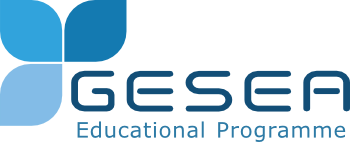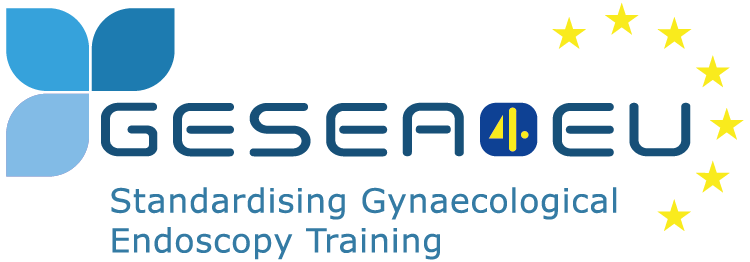Concept and Methodology
The GESEA Educational Programme is based on the premise that knowledge and psychomotor skills should be trained outside of the operating room in a simulation setting. This training needs to happen through a structured approach, which allows trainees only to proceed in the programme when clearly defined and measurable goals have been attained and assessed. As previously stated, to assess the skills of an individual, the existing GESEA Educational Programme for Gynaecological Surgeons has standardised tests (LASTT, SUTT, HYSTT) and exams (CERT1, CERT2) that are widely adopted.
The learning modules however are not yet standardised and one of the objectives of this project is to gather the experiences from the GESEA Diploma Centres in our Consortium, to design standardised learning modules that can be deployed on a European level. To achieve this objective, the following actions will be taken:
-
- mapping of the current training programmes as used in the Diploma Centres;
- evaluation of the training tools and support materials;
- design of a common training curriculum.
Another objective is to extend the curriculum to general medicine, nurses and non-clinical staff. In order to achieve this, the joint know-how from the consortium partners that have experience in training these target groups will be collected and combined with the overall experience and objectives of the existing GESEA Educational Programme to develop new training modules. All the modules will be piloted and implemented with reference to the available literature and overall training experience.
This GESEA4EU Method will be applied to specialists and general medics, nurses and non-clinical staff. These efforts will facilitate the synergy between all parties to ensure that the best healthcare can be offered to patients in normal and challenging situations.
Finally, the Train-the-Trainer learning modules enables us to first train our existing team of trainers to use the newly developed learning modules and to validate them. The next step is to extend the network of qualified trainers and facilitate the expansion of the programme in European regions where GESEA is not active yet. Again, the joint experiences from the Consortium partners will be gathered to map out the knowledge as gathered by the current pool of trainers active in the Diploma and Training Centres as well as
the experience of the broader ESGE Faculty as acquired during training events.
Connect with us across


